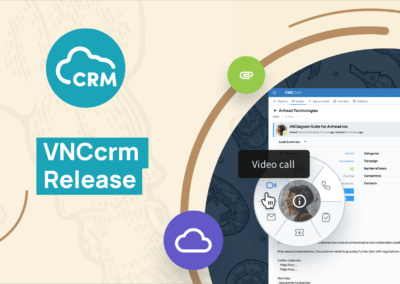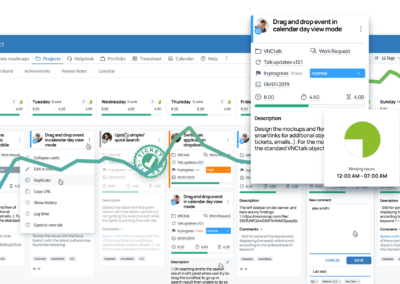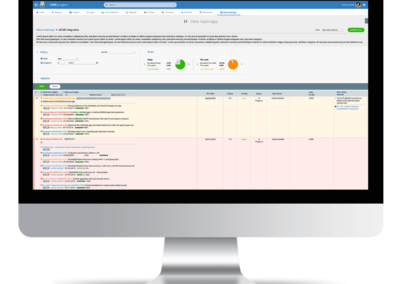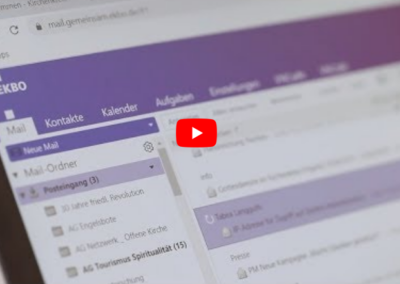Part 6 of our series about the Project Management Tool VNCproject gives an overview about EVM – Earned Value Management.
After our recent blog about EVM we received some further inquiries about EVM features. Therefore we are sharing some further details and definitions. The main purpose of this blog is to provide insight in the fundamental basics of EVM:
- Earned Value Management (EVM) is a project controlling technique that objectively tracks any physical accomplishment of work and predicts the future performance of a project.
- Progress measurement: EVM is used to measure the progress of a project in order to enable timely, effective management decisions. The progress will be calculated on multiple levels of the project with the bottom-up principle: from every single task (the lowest level) to the ticket level, version level and to the project level.
- Three basic factors: While the tradition technique consists only two basic factors: the planned value (PV) as “Budgeted Cost of Work Scheduled” and the actual cost (AC) as “Actual Cost of Work Performed”, EVM additionally integrates objectively the technical scope “Earned Value” (EV) as “Budgeted Cost of Work Performed” during the execution of the project. That means, EVM can track a project’s budget in real time.
- Actual performance measurement with “Variance”: By comparing the EV to the AC, EVM technique shows the variance in terms of cost and indicates how much over or under budget the project is (Cost Variance). And by comparing the EV to the PV, EVM gives the variance in terms of cost which indicates how much cost of the work is yet to be completed as per schedule or how much ahead or behind the schedule a project is running.
- Actual performance measurement with “Performance Indicator”: EVM provides two efficient parameters to determine the current status of the project. These indicators are early warning signals if the project goes off cost (Cost Performance Indicator) or time (Schedule Performance Indicator).
- Future performance measurement with “Prediction factors”: EVM provides not only the past and the current performance of a project but also forecasts its likely future performance with the following factors:
- Budget at Completion (BAC): total cumulative planned value (PV) of all periods.
- Estimate at Completion (EAC): forecast of the total cost at the completion of the project.
- Variance at completion (VAC): the variance on the total budget at the end of the project
- Information for the stakeholders: EVM answers a lot of questions and assesses the status of a project to the stakeholders (project managers, controllers etc.) related to its performance:
- Are we currently over or under budget? (Cost Variance)
- How efficiently are we using our budget? (Cost Performance Indicator)
- Are we ahead or behind schedule? (Schedule Variance)
- How efficiently are we using our time? (Schedule Performance Indicator)
- How much will the total job cost at completion? (Estimate at Completion)
- How much will we be over or under budget at the end? (Variance at completion)
In summary: EVM is an effective controlling method for project management that has been embraced by project managers around the world with success. It allows detailed project planning and provides realistic evaluations of ongoing projects considering various factors. It also provides reliable data to predict the expected future performance of a project.
– Written by Hanh Nguyen Tran – EVM specialist and project controller –
Interested in information about VNCproject or on EVM in particular? Don’t hesitate to contact us and make an appointment!





















































































